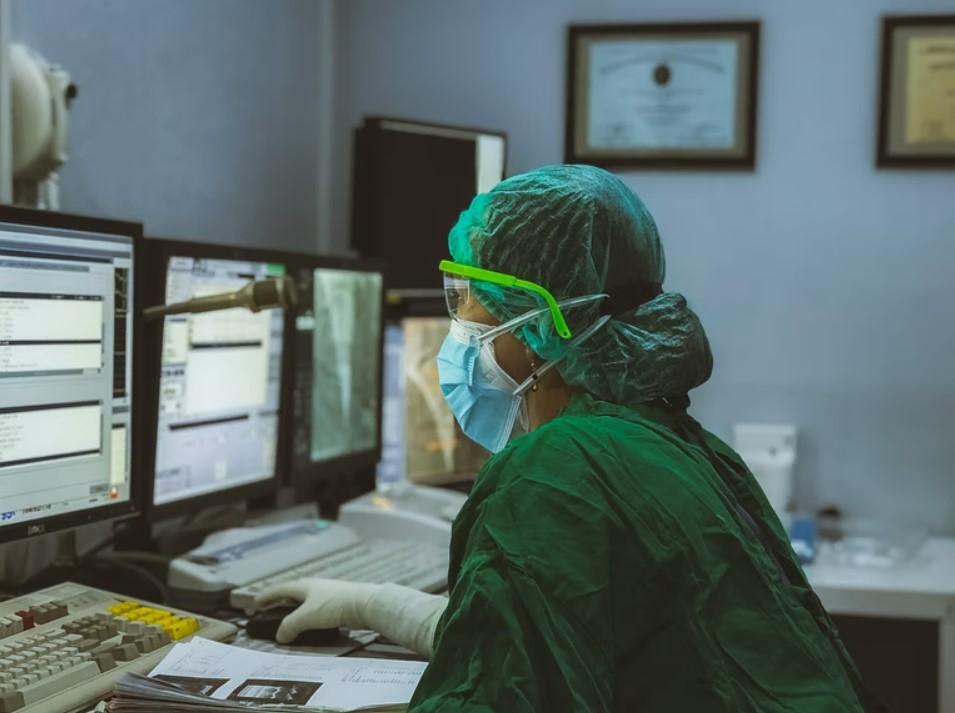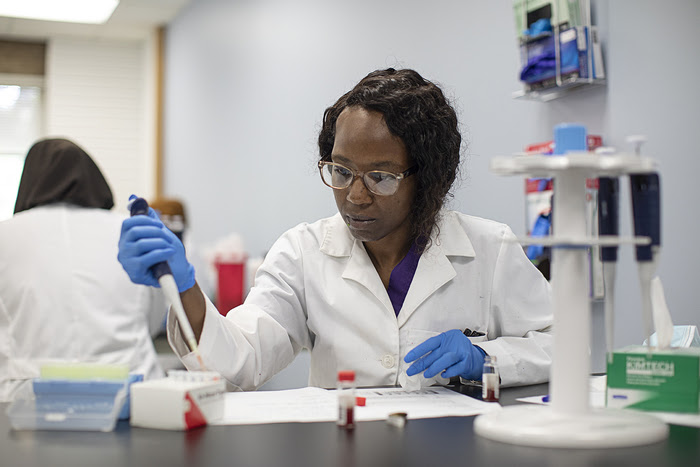Healthcare
CategoryWhy Acupuncture Could Be the Right Career for You
Being an acupuncturist could be the profession you’ve been looking for! Learn about the advantages to joining this expanding field of healthcare.
The Greatest Difficulties that Can Arise When Studying Medicine Abroad
Much like any other profession, you can master medical specializations while studying abroad. And people do it despite the difficulties of getting into such programs. In the US, for example, 3% of medical students come from other countries.
…
Tools That Are Helpful With Charting
Basic but Helpful Charting Tools
Helping Behind the Scenes: 5 Advantages to Being a Medical Lab Professional
If you’re looking for a career in healthcare behind the scenes, being a medical lab professional could be a great option.
7 Potential Benefits And Risks Of Artificial Intelligence In Healthcare
Over the next few years, artificial intelligence (AI) will gradually become more integral to the medical sector. While the healthcare industry is no stranger to ground-breaking and potentially lifesaving advancements in technology, AI-based techno…
Want to Work in Healthcare? Medical Assistants Are Always Needed
Want to Work in Healthcare? Medical Assistants Are Always Needed
Working in healthcare is a rewarding career choice. There are many different options for you to choose from, including medical assistants. Medical assistants help doctors and nurs…
5 Tech Devices that are Changing Healthcare
Health tech refers basically to all vaccines, devices, medicines, systems, and procedures intended to modernize the operation in Healthcare, improve and lower the cost of health care. The future of Healthcare will be greatly affected by emerging technology.
5 Tips For Passing Your CPC Exam
If you are a medical coder who wants to rise to the top of your profession and earn possibly as much as 20% more than coders who are non-certified, you will want to take and pass the Certified Professional Coder (CPC) Exam.
A Profession with a Bright Future: 5 Advantages to Being a Clinical Massage Therapist
Clinical massage therapists are becoming increasingly important in healthcare. Learn why this profession could be a great career option.
Social Media Do’s and Don’ts for Medical Professionals
As COVID has prevented people from safely interacting in person, more have turned to social media. As a medical professional, here’s how to behave (or not) online.










